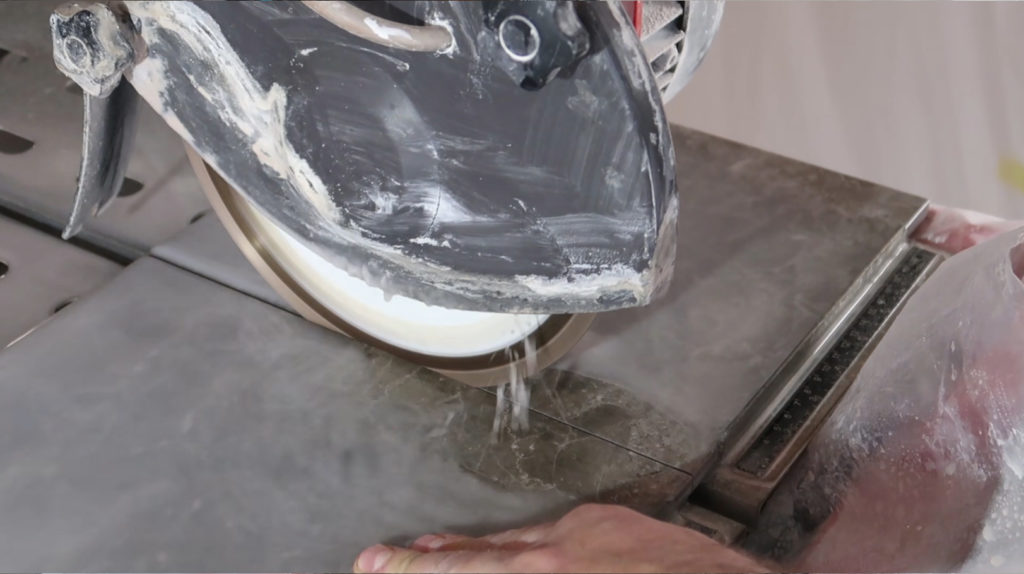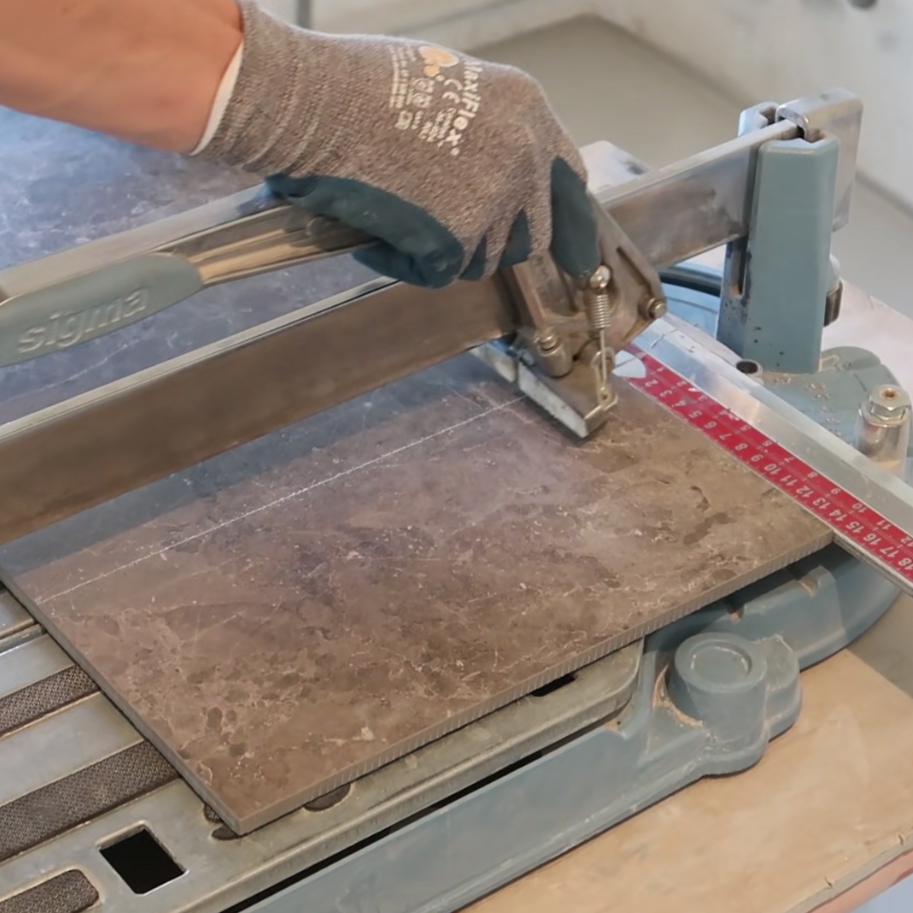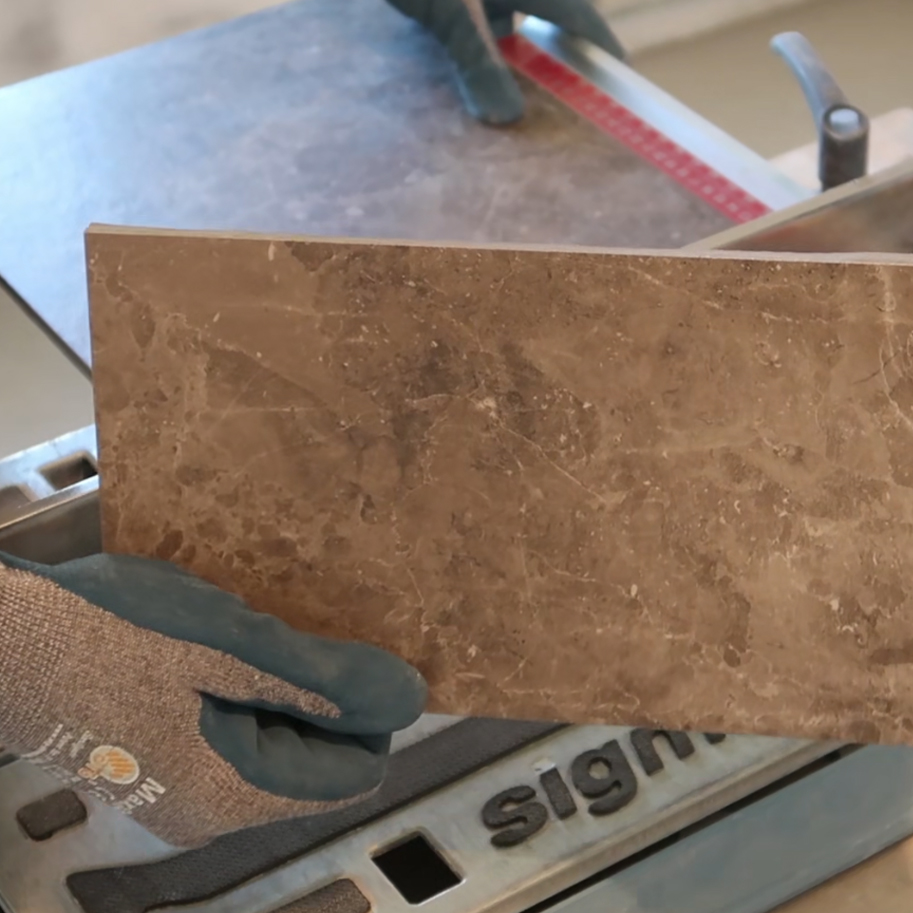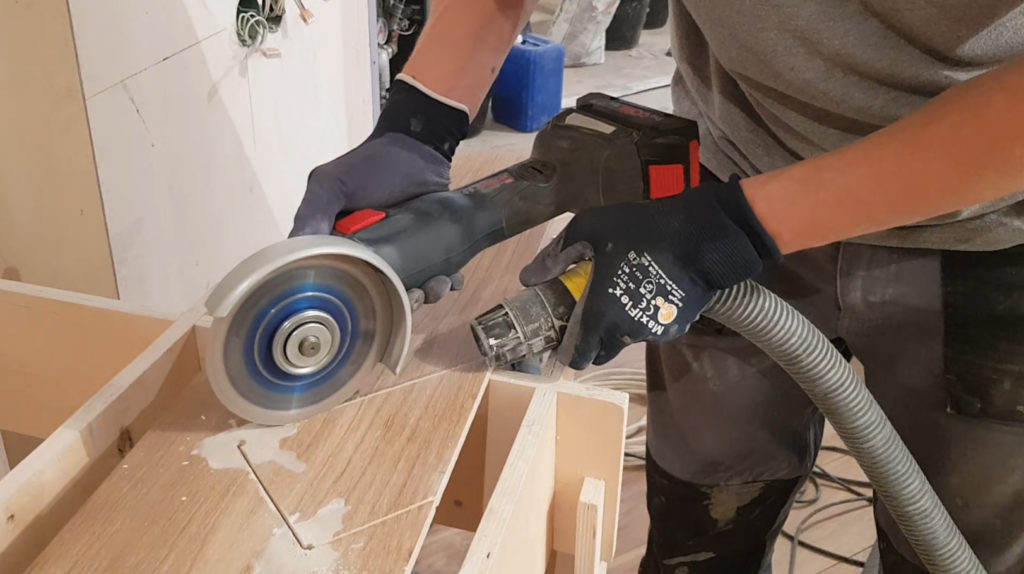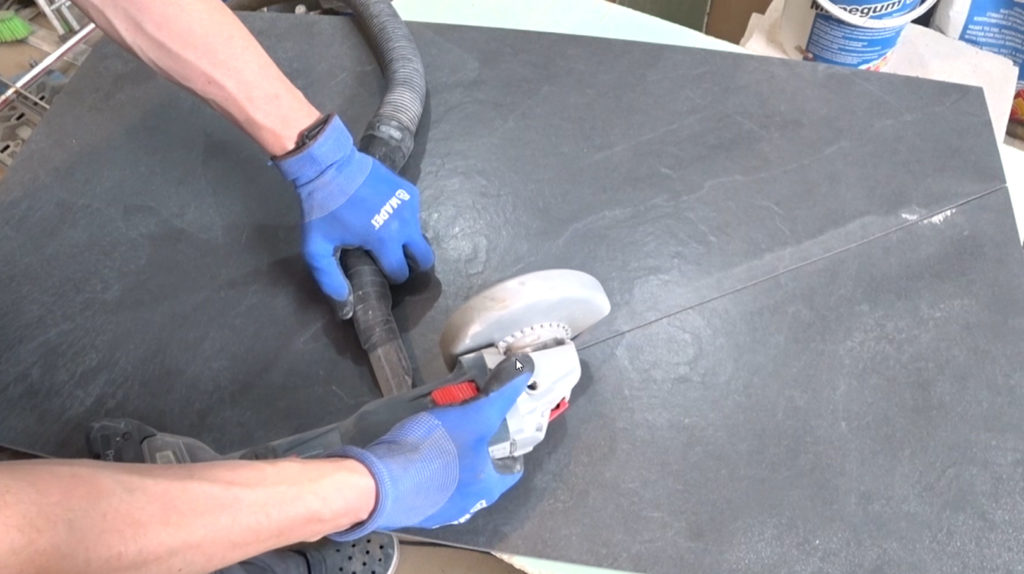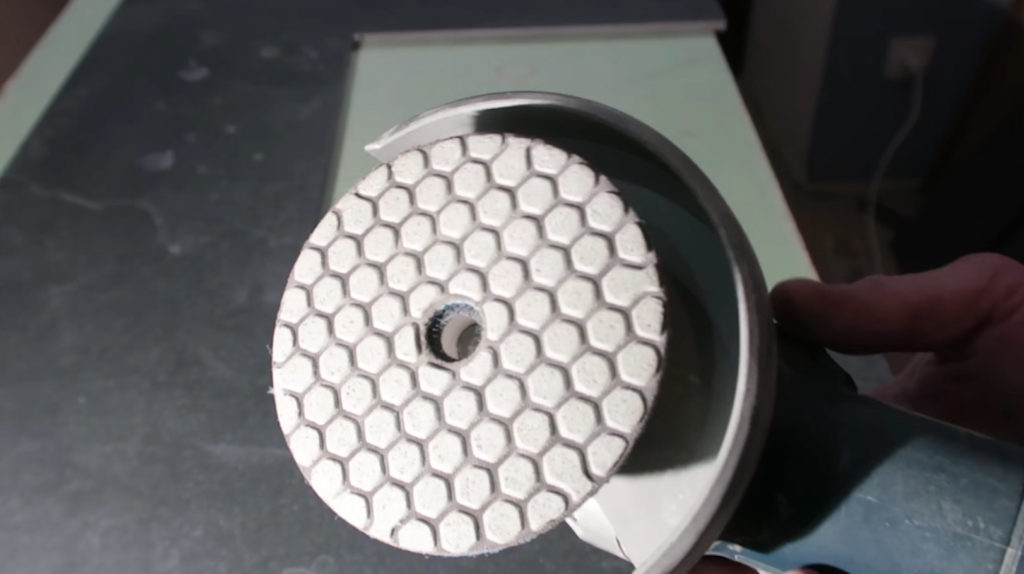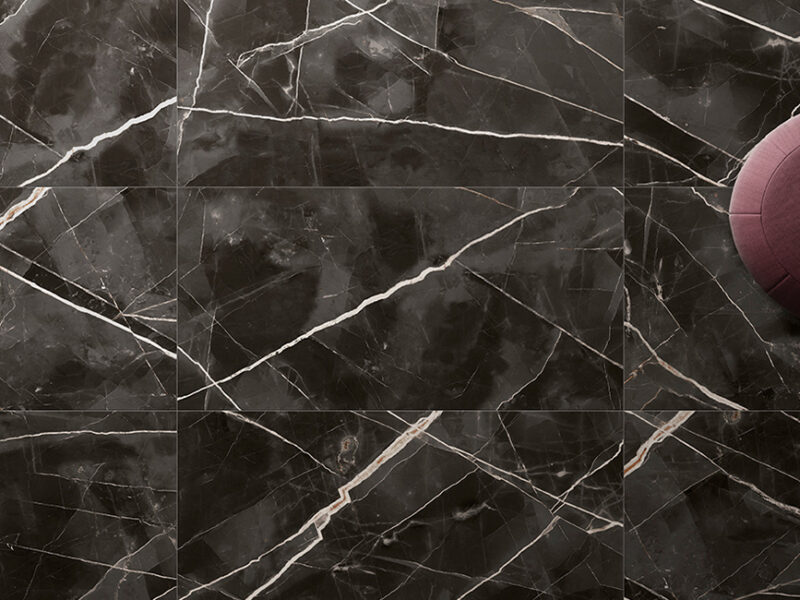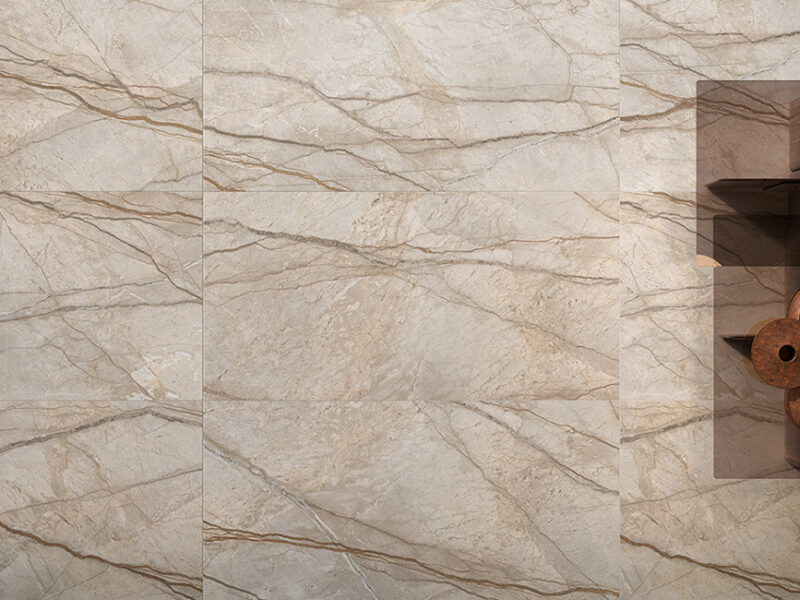
How to Cut Porcelain Stoneware
Porcelain stoneware is a strong and tough material that cannot be cut as easily as ceramic tiles. Professional tile layer Dmitry Drozdov, @instaburpro, talked to us about how to choose the right tools and cut porcelain stoneware correctly.
It should be noted that high quality professional tools will always give better and more predictable cuts, and you mustn’t forget about safety precautions! Be sure to wear safety glasses, gloves and earmuffs when cutting tiles using any method. Protect your hands and eyes from debris and ears from loud noises.
FIRST METHOD
The best option is to cut porcelain stoneware using a wet tile saw. Here are the main advantages of using this method:
- Precise, fixed cutting path;
- Efficient performance and speed;
- Minimal human effort;
- Complete absence of dust.
As a result of working with a wet saw, you will get a precise high quality cut. The possibility of chipping on the cut edge while using a wet cutter depends primarily on a correctly selected blade and on compliance with the cutting technology.
A thin continuous rim diamond blade cuts cleaner, but a little slower and may periodically require so-called “diamond dressing”. This is when you cut softer materials, for example silicate or fireclay bricks, in order to improve the cutting ability of the blade by exposing more diamond material.
A turbo rim diamond blade cuts easier and faster, but can cause chipping. In any case, cutting tiles with a wet tile saw will produce a cleaner cut than any dry cutting with a diamond blade. As for the cutting technique, if the design of the tile cutter allows you to lift the blade up, you first need to cut the tile on top to a shallow depth (by the thickness of the glaze or slightly deeper); then you can proceed to cutting the tiles along the entire depth, which will eliminate even minimal swiveling of the blade from the intended trajectory.
There is no need to rush when working with a wet saw! Pushing the tool quickly can cause the blade to bite into the tile and tear off some of the glaze.
SECOND METHOD
The second method involves cutting with a manual tile cutter. In this case, the quality of the cut will depend on the quality of the cutting roller and the design of the tile cutter itself. Simplistic cheap tile cutters simply cannot break porcelain stoneware tiles. They are only suitable for working with softer ceramics.
Cutting with a manual tile cutter, is quite similar to how a glass cutter works. That is, we cut the top layer of the glaze with a roller and thereby set the direction of the tile breaking. The same system is used for large slab cutting.
Note that the cut of porcelain stoneware with an ordinary glass cutter will be extremely difficult, since the uniformity of the pressure is important here. At the same time, the cut must be made without stopping, continuously, because any change in pressure or interruptions from cutting in multiple steps can cause the tile to break, and not in a straight line.
THIRD METHOD
The easiest and most affordable way is to cut tiles with an angle grinder (disc grinder). In this case, everything will completely depend on the skills and experience of who’s operating it. The accuracy of the line depends on the sturdiness of the craftsman’s hand, while the number and size of chips depends on the quality of the diamond blade that is used.
With the help of an angle grinder, you can make rough cuts without problems, if you know the rough edges are to be covered by another tile in the corner. The main advantage of this tool is the execution of cuts of any shape and in any direction.
To obtain a smooth cut, it will be necessary to additionally grind edges of the tiles using diamond polishing pads. Avoid cutting the tiles exactly to size: leave around 2 to 3 mm of extra space for subsequent grinding.
To make an L-shaped or U-shaped cut, we advise to drill holes in the tile at the intersection of the cutting lines. This will reduce the risk of cracking and breaking the tile from the inner corner.
We also need to remind you that, when working with an angle grinder, in addition to glasses and gloves, it is very important to use a respirator or a dust extraction system
FOURTH METHOD
There is also a fourth method called water jet tile cutting, by which you can get the most high-precision and high-quality tile cut. In many large cities, there are special businesses which provide such services, and you could go there and place an order for such cuts.
With water jet cutting human effort is completely absent: the trajectory is set by a computer program, and the quality of the cut cannot be distinguished from the factory cut. Thus, you can make any wavy cuts, and even create unique mosaic panels.
An author of the article: Dmitry Drozdov

